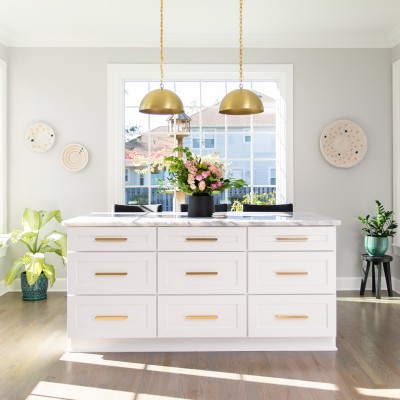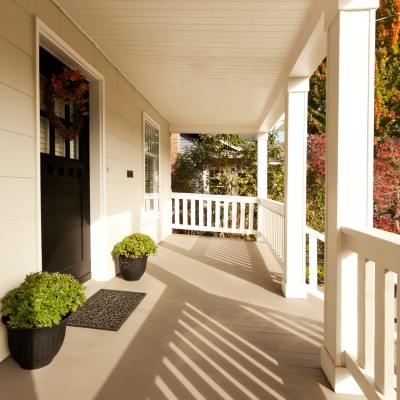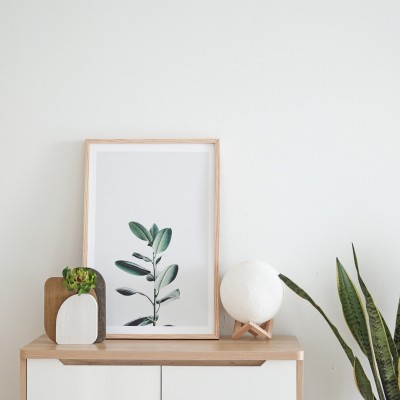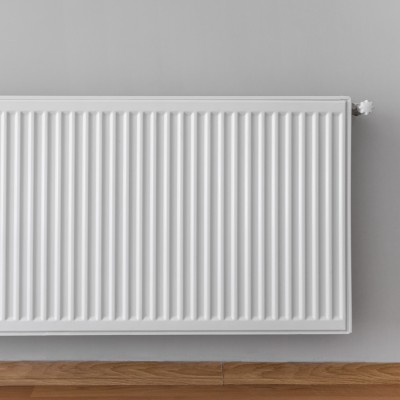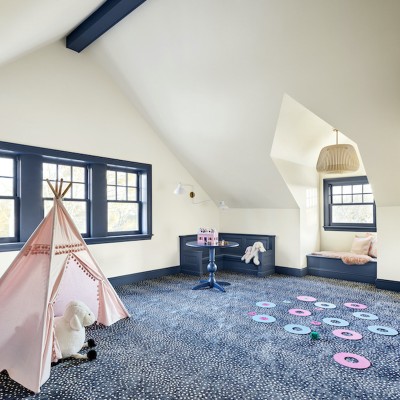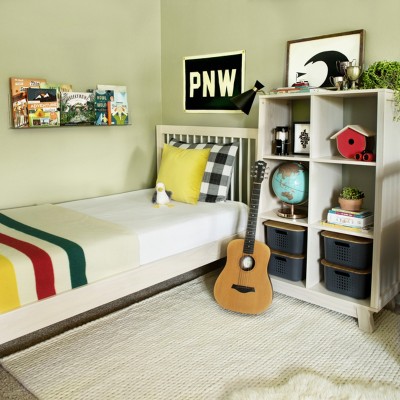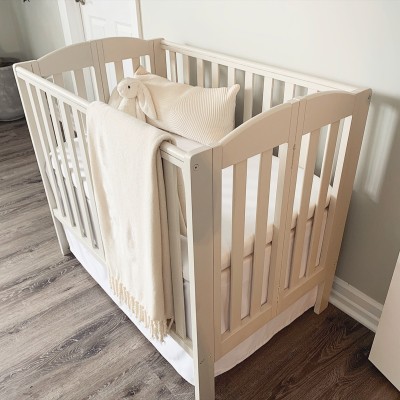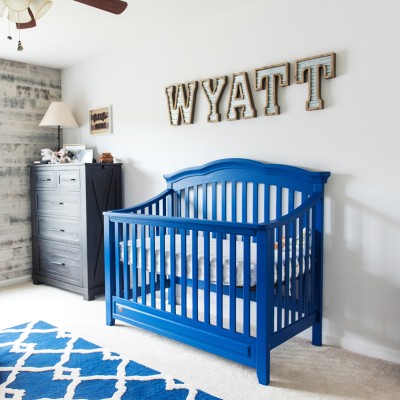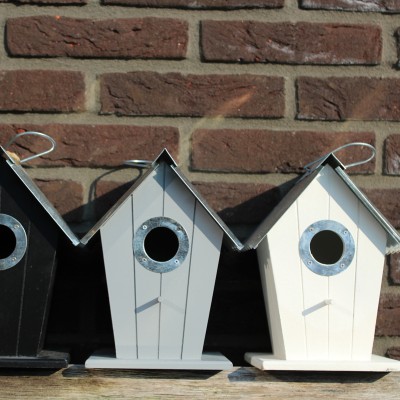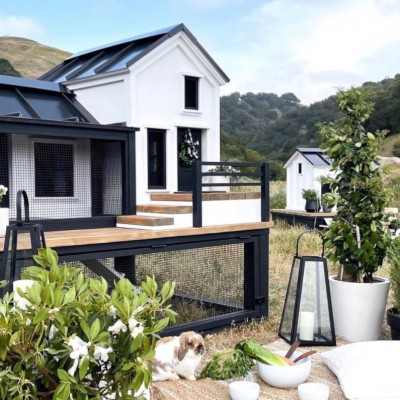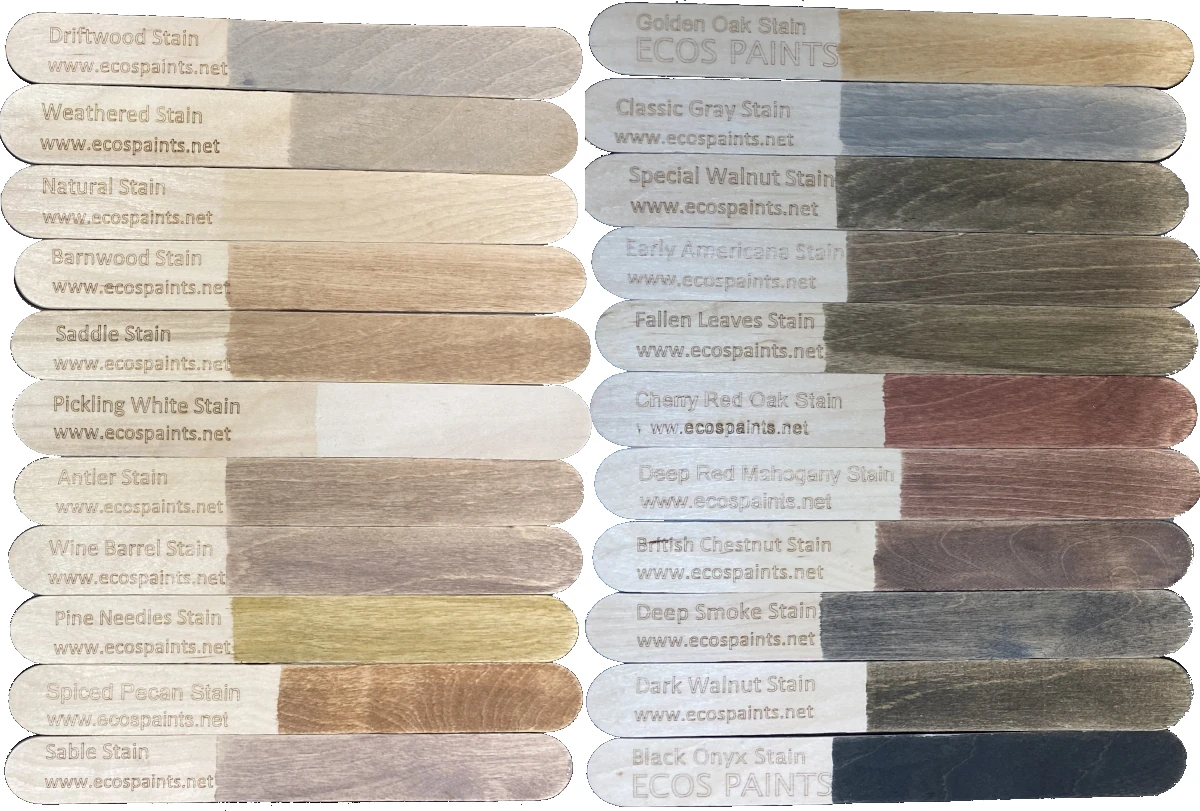How to Choose A Paint Color
Think about your existing furniture and accessories
Paint color choices can feel limitless. Start narrowing down your options by looking at your furniture and fabric colors. Favorite rugs, pillows or accessories can lead to the perfect paint color.
Look to current trends and design ideas for inspiration
- Use darker colors on floors, then progressively lighter colors as you move up the walls to the ceiling
- Stick with neutrals, but don't be afraid to go bold with color when creating focal points
- Consider the combination of colors in designer collections, but try not to combine more than three colors.
Consider adjacent spaces
You don’t have to create a color theme throughout your home, but you should be mindful of adjacent spaces. This often means considering a shade or two lighter or darker for adjacent rooms.
Understand color pyschology
Colors evoke different emotions and moods. Neutral colors allow for flexibility in quickly changing the feel of a room with different colored accessories, or by painting an accent wall or trim a new color. Light colors in blues, lavenders, pinks and soft yellows give a feeling of tranquility and restfulness. Choose vibrant and rich colors like gold, oranges, reds and dark purples if you want to feel energized.
Look at the lighting
Sunlight influences color. Light from the north tends to be cooler and blueish, while light from the south tends to be warmer with a yellow to orange tone. Light bulbs also influence colors in a room--fluorescents tend to make colors appear cooler, while incandescent bulbs make colors appear warmer.
Other important paint considerations
Know the undertone
When you’re picking colors, especially neutrals, consider the undertone or the paint’s underlying color. Use the "Fan Deck View" in our color library to see an electronic version of our fan deck and look at the darkest color on a strip of related colors - this will give you the undertone.
Pick the right finish
Here are some general guidelines for the different finish types:
- Matte: Lowest sheen, ideal for low-traffic areas like living rooms and bedrooms, as well as ceilings.
- Eggshell: Has a bit more sheen than Matte and works well in high-traffic areas or areas that have moisture. It’s also washable, making it perfect for kitchens and bathrooms.
- Semi-Gloss: Has a muted shine. Our most popular choice for cabinets, furniture and trim.
- Gloss: Shiny! Perfect for high-use surfaces, like a railing or furniture.
Remember, low sheen paints (Matte and Eggshell) tend to hide imperfections in the painted surface, while glossy paints will accentuate any flaws in the surface.
Get a color card, swatch, or sample first
Color cards will give you a good idea of the range of colors you want to choose from. But, a paint sample is even more useful. If you paint a sample board, you can look at the board in different lighting and hold it up against your furniture. For the new Lisa Tharp Colors collection, we also offer 9”x10" removable, real paint wall swatches, making it even easier to find your perfect color.
You have a wide range of color choices - on top of our 1,300 ECOS colors, we can also color match any other manufacturer's colors. If you need help with your color choices, contact our customer support team by phone, chat or email.


